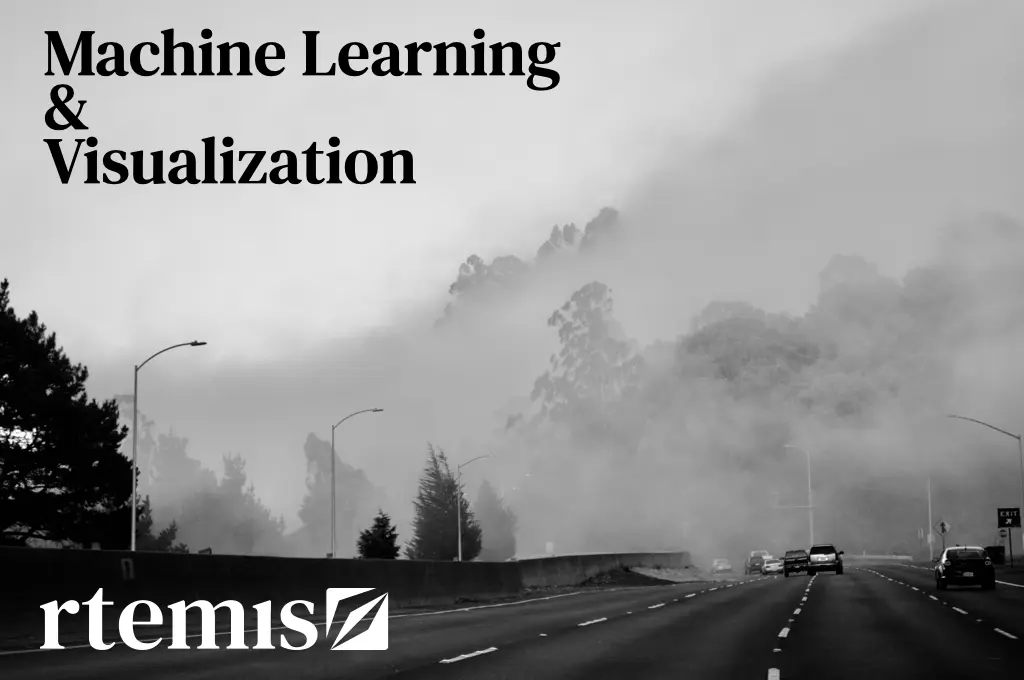Advanced Machine Learning and Visualization
rtemis: Advanced Machine Learning & Visualization.
This is the new version of the rtemis R package and remains under active development.
The new version (0.99+) features:
- Backend: complete rewrite of the supervised and unsupervised learning backend using the new S7 class system, replacing all previous use of R6 and S3 classes.
- API: Functional user-facing API, to maintain a consistent, user-friendly interface.
- Extended use of
setup_()functions, to offer increased transparency & clear separation of parameters. - Strict type checking and condition validation throughout to minimize user error and provide highly focused error messages & suggestions.
- Expanded transparent messaging through each step.
Installation
Using pak from GitHub:
pak::pkg_install("rtemis-org/rtemis")
Using install.packages from r-universe:
install.packages(
'rtemis',
repos = c('https://egenn.r-universe.dev', 'https://cloud.r-project.org')
)
Using pak from r-universe:
pak::repo_add(myuniverse = "https://egenn.r-universe.dev")
pak::pkg_install("rtemis")
Changes & Ongoing work
Algorithms
The original version included a long list of algorithms for supervised and unsupervised learning for testing and experimentation, many of which were rarely used.
The initial release of the new version focuses on a smaller set of algorithms, that will keep growing.
Visualization
The original version included the mplot3 family of visualization functions using base R graphics and the dplot3 family using plotly.
The new release includes the draw family of functions, the evolution of the dplot3 family.
Ongoing planning is looking at organizing the long list of arguments in draw functions potentially using dedicated setup_*() functions and plot-specific theme_*() functions.
Documentation
The documentation is available at rdocs.rtemis.org.
rtemisalpha
The original, unmaintained version of rtemis remains available as rtemisalpha here.
